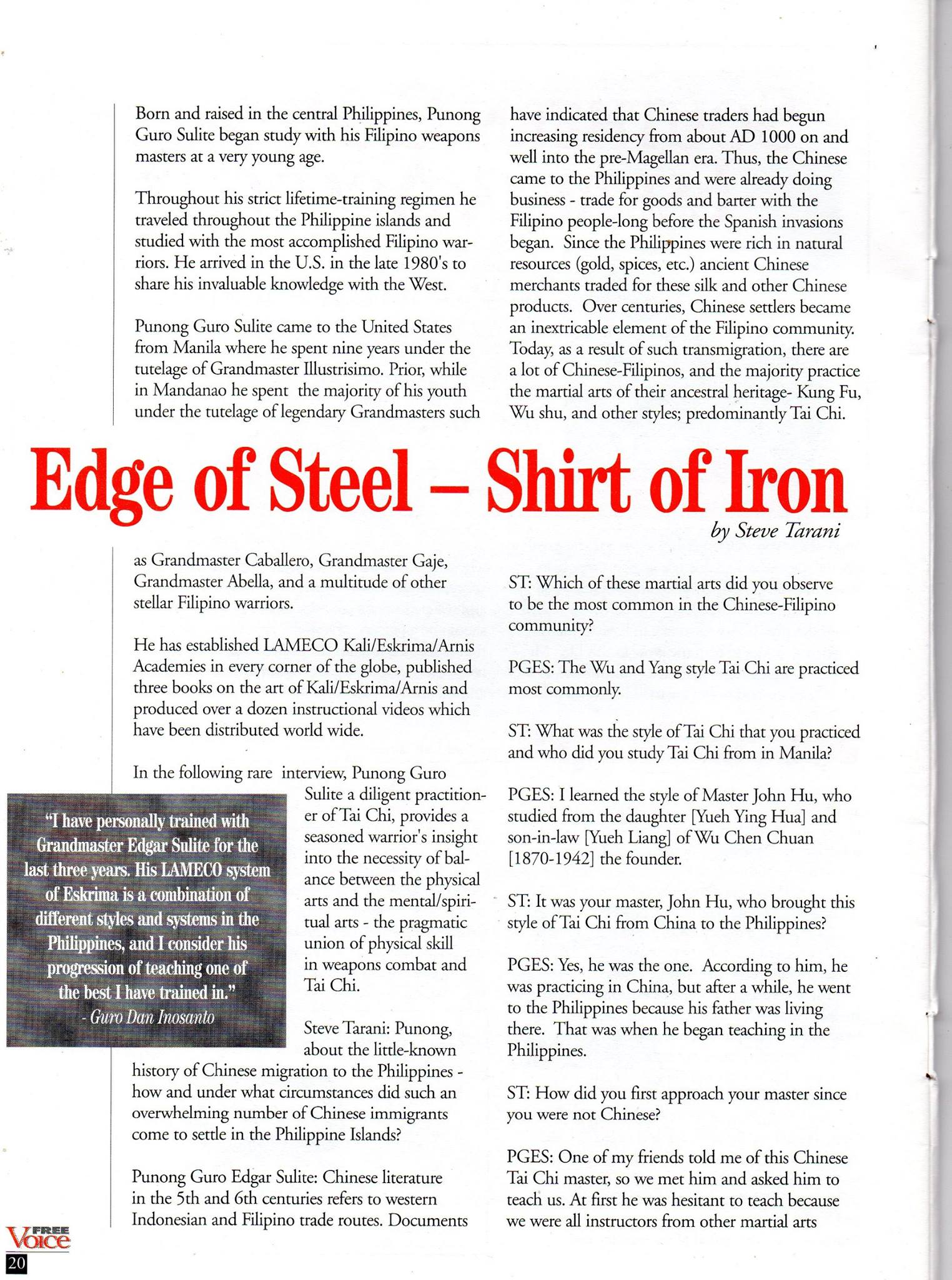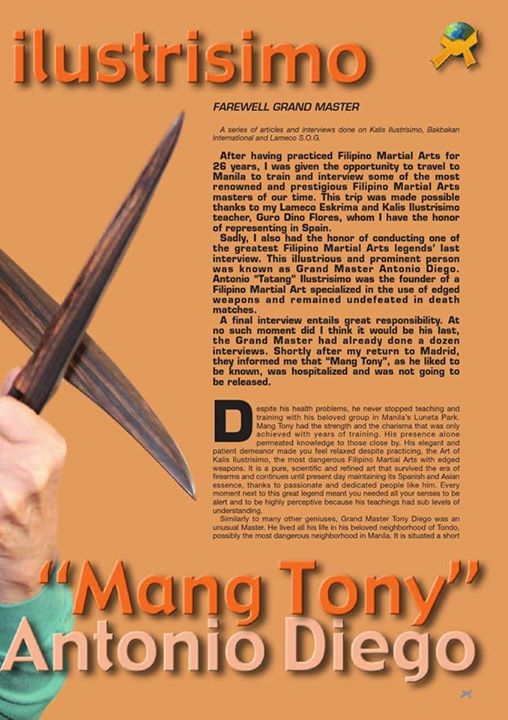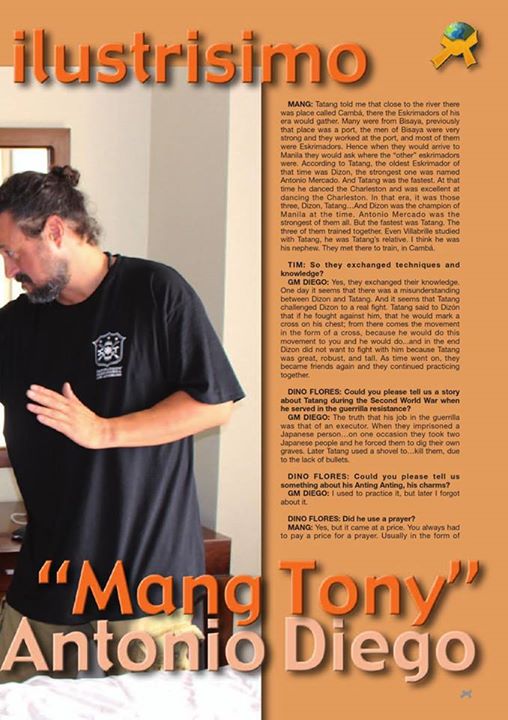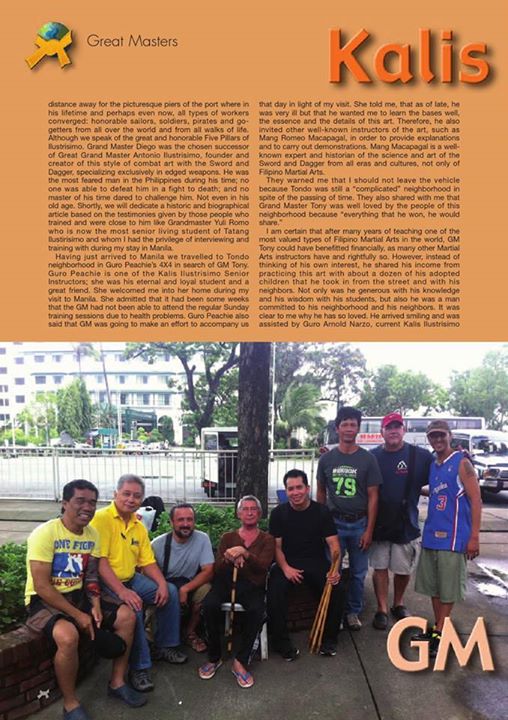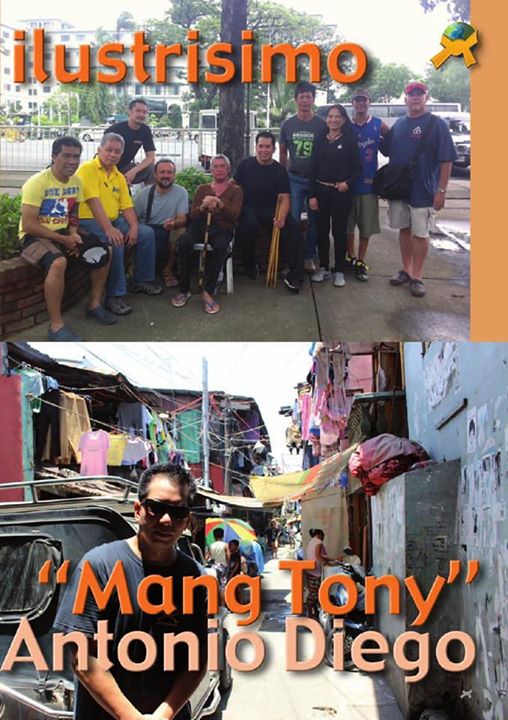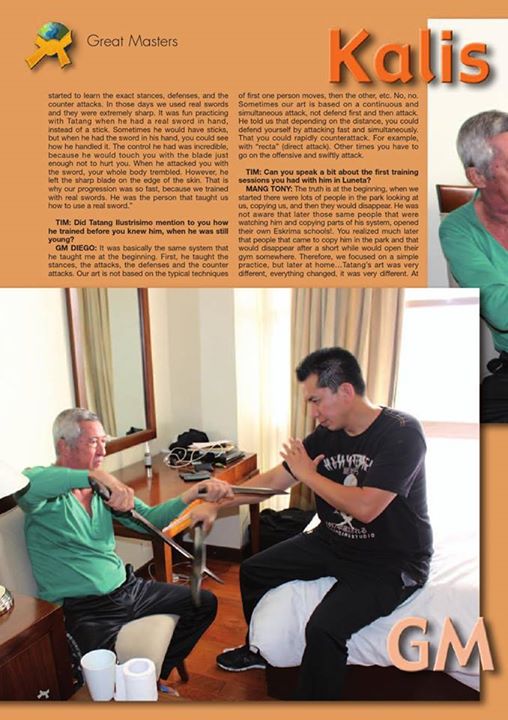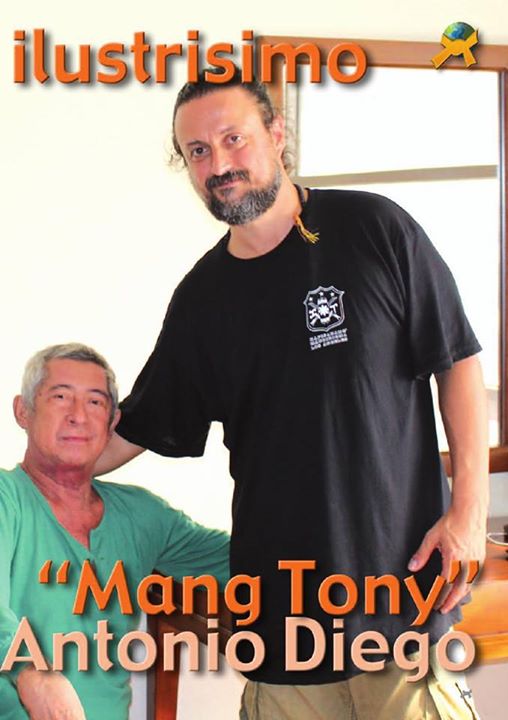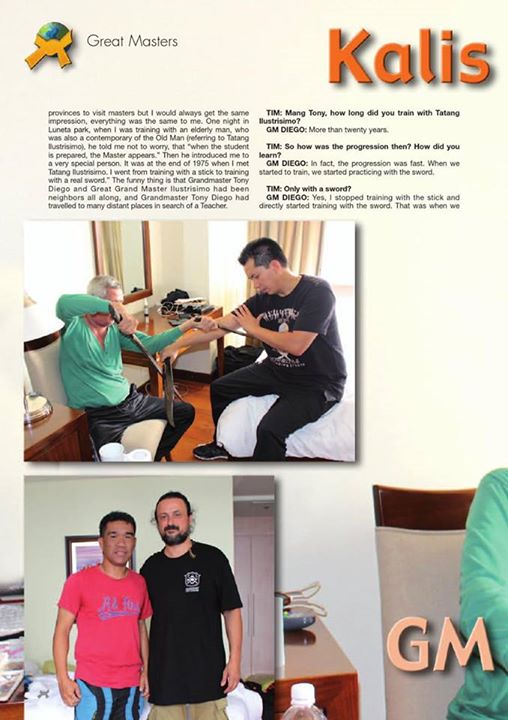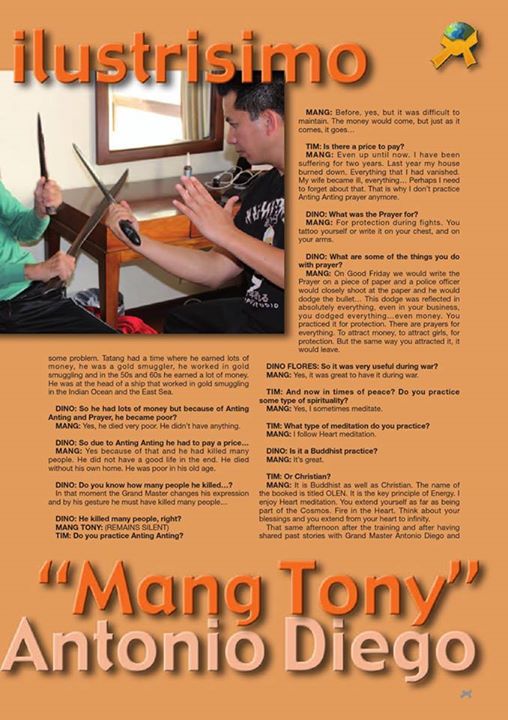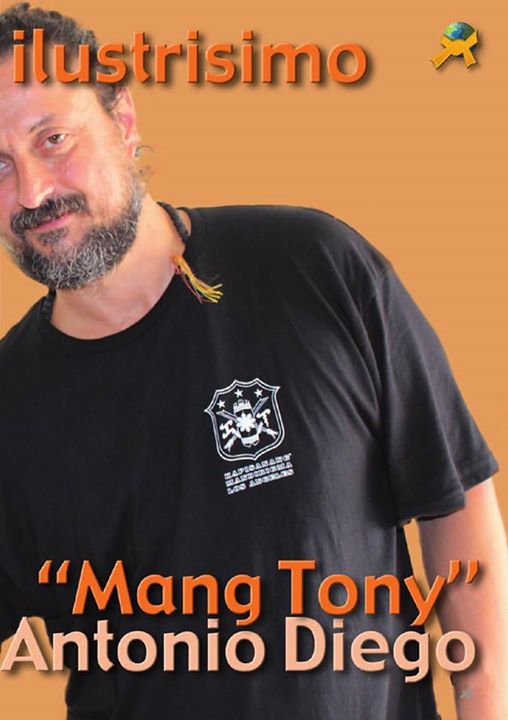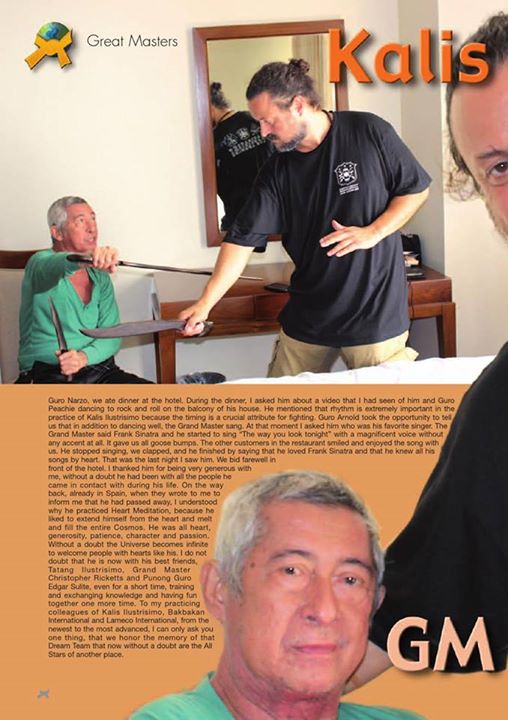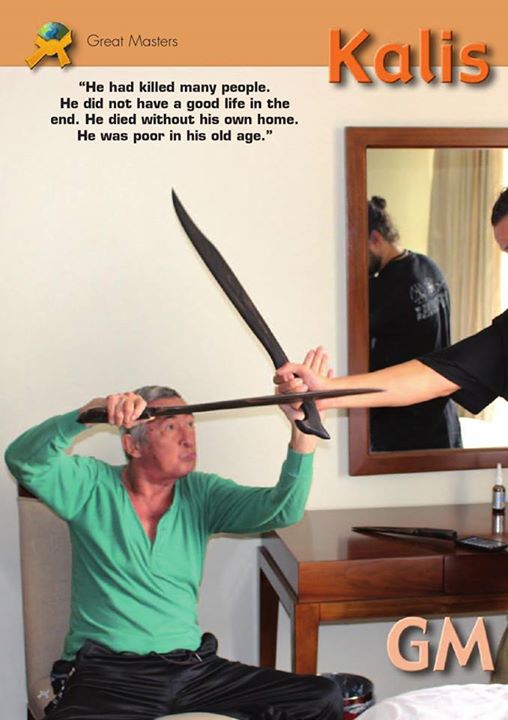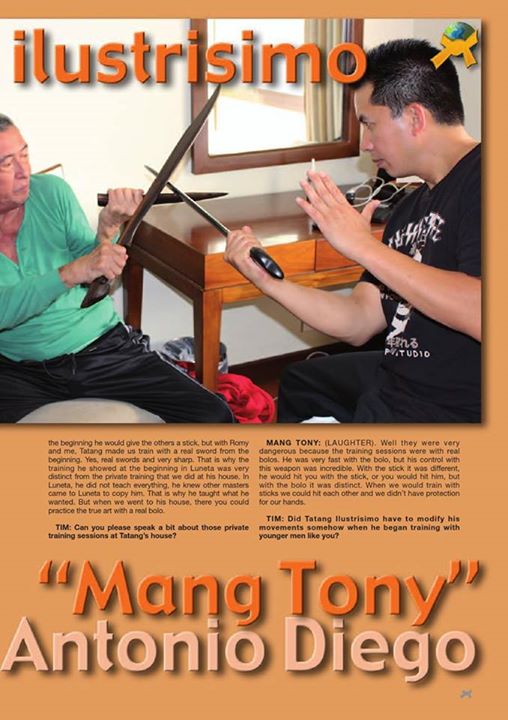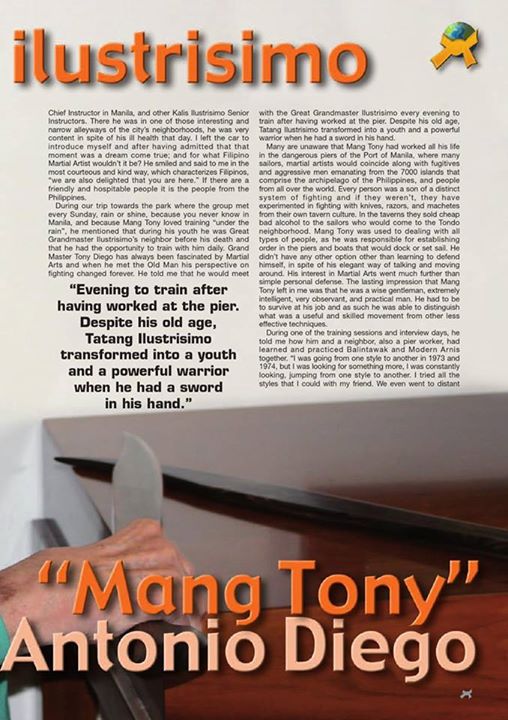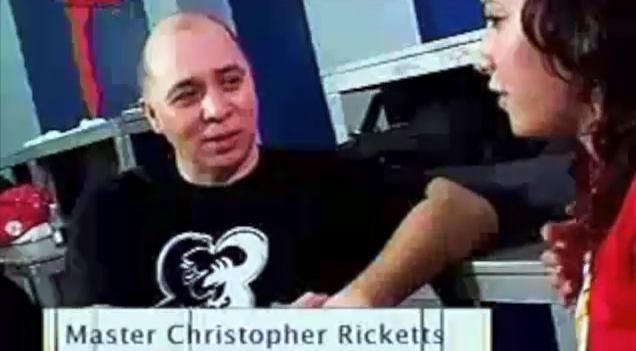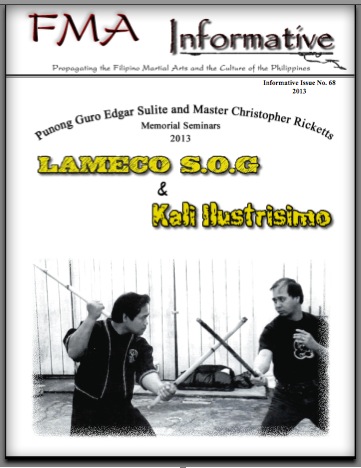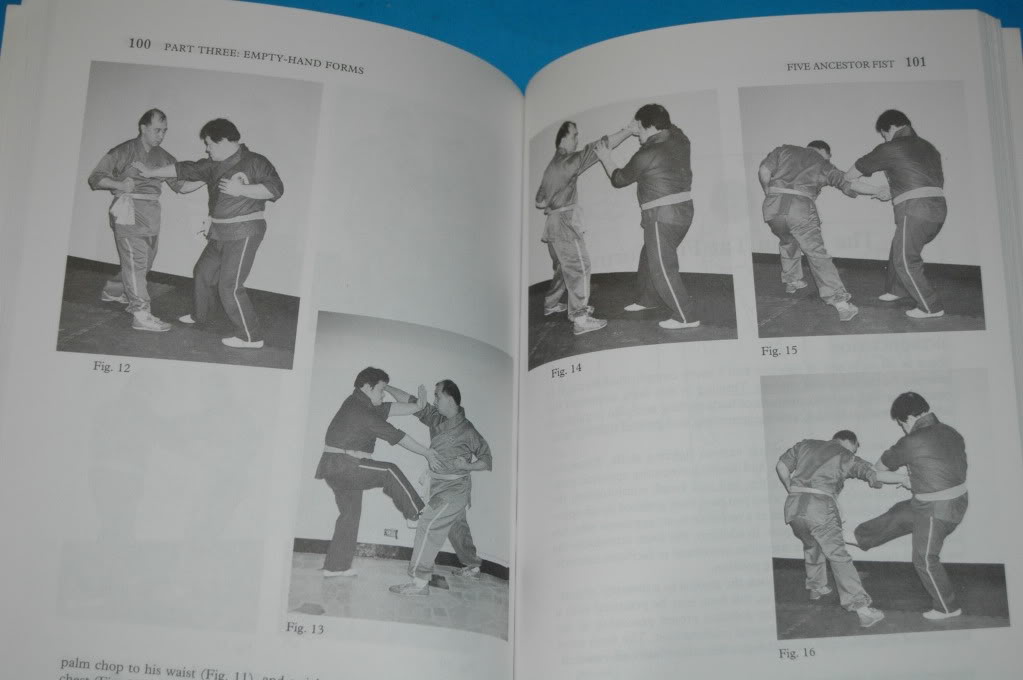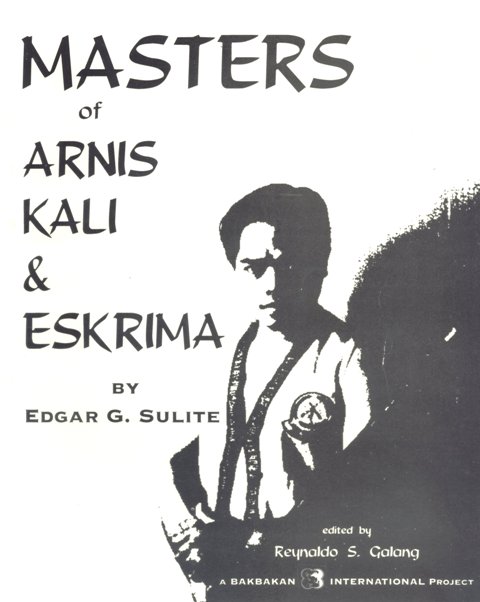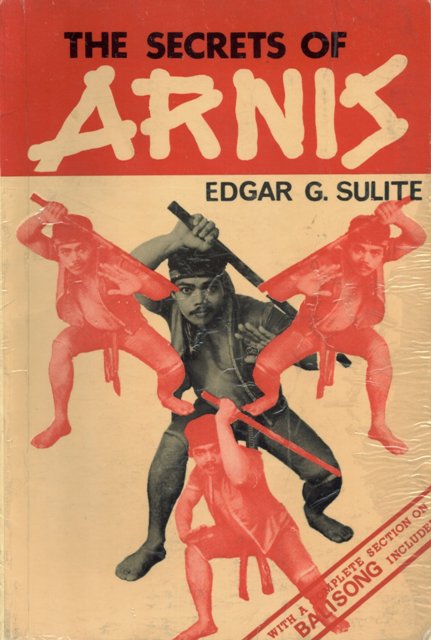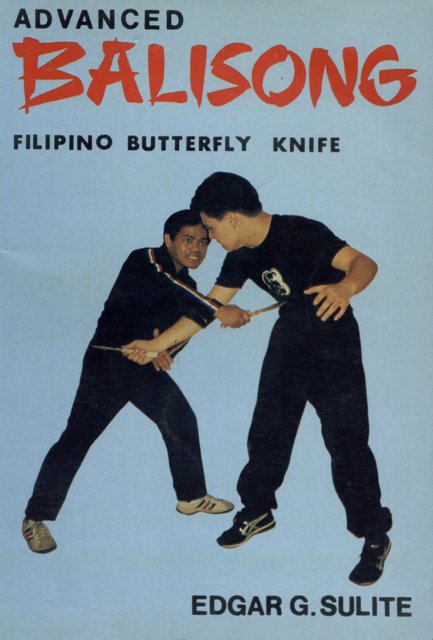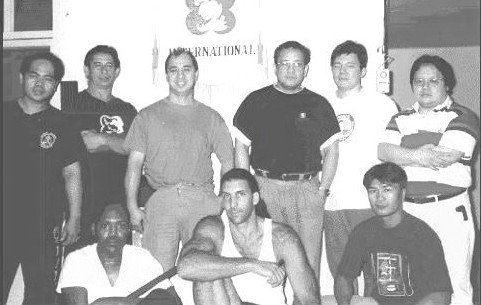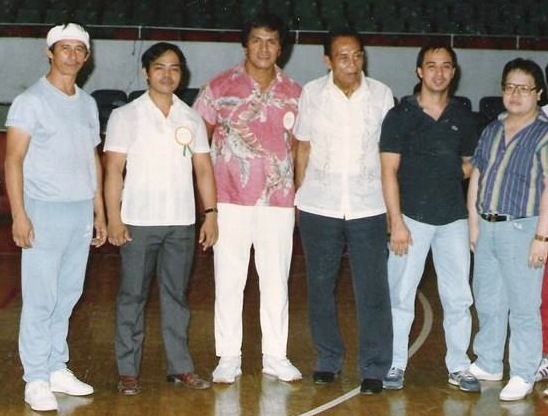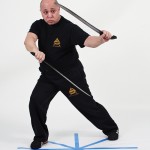Following is a very interesting Interview from 20 years ago of Punong Guro Edgar G. Sulite, conducted by our Lameco Eskrima “backyard” brother, Steve Tarani in February of 1997. This was probably the last interview that PG Sulite would give before he passed away soon after on April 10, 1997. This interview was published in Guro Dan Inosanto`s; Inosanto Academy of Martial Art`s (IAMA) “Free Voice” Magazine which was made available quarterly to those of us who trained at the Inosanto Academy. This Interview was in the Spring Issue of 1997 just after PG Sulite pased away.
In the Interview PG Sulite speaks about his years of practicing the Chinese Internal Arts of Tai-Chi and Hsing-I, both of which he had trained for quite a while back in the Philippines while he was younger. There he would get up early every morning and train his Kali, Arnis and Eskrima for hours, which was always a very intensive hard energy driven labor. He would then follow that up and finish with a Tai-Chi or Hsing-I session and then meditate to balance the “warrior inside” as he would call it, that being his spiritual being which had to be in harmonious balance with his physical being to complete both opposing sides of “yin and yang” representing both hard and soft when combining Lameco Eskrima with Tai-Chi and Hsing-I.
PG Sulite used to demonstrate to us often his push hands of Hsing-I. I remember him literally lifting our Lameco Eskrima “backyard” brother, Hans Anton Tan off of his feet and throwing him into the side of a wall to demonstrate the power of his Chi. He practiced a lot of this with our “backyard” brother Bong Hebia as well. PG Sulite would often tell us that we had to master both external and internal in order to have the best and most effective versions of our combative selves to come forward.
In addition to training Tai-Chi and Hsing-I, PG also trained Ng Cho Kung Fu from his friend and publisher, Master Alexander L. Co in addition to that PG Sulite would further condition his palms, hands and forearms with a type of Iron Palm training. All of this in addition to his Indigenous Pilipino Warrior Arts of Kali, Arnis and Eskrima.
Click on each of the two images below to read the full context of the interview below.
